Sage spice in Spanish is "salvia" - the immediate answer to what you're searching for. Whether you're cooking Spanish recipes, traveling to a Spanish-speaking country, or simply expanding your culinary vocabulary, knowing this essential translation helps you navigate menus, markets, and conversations with confidence.
This definitive guide explains not just the basic translation but regional variations, proper pronunciation, and practical applications so you can use "salvia" correctly in any Spanish-speaking context. Let's explore everything you need to know about sage in Spanish.
Table of Contents
- Sage Spice in Spanish: The Essential Translation
- How to Pronounce "Salvia" Correctly
- Regional Terms for Sage Across Spanish-Speaking Countries
- Culinary Uses of Salvia in Authentic Spanish Dishes
- Buying Guide: Finding Genuine Salvia in Spanish Markets
- Cultural Significance Beyond the Kitchen
- Common Mistakes to Avoid When Using "Salvia"
Sage Spice in Spanish: The Essential Translation
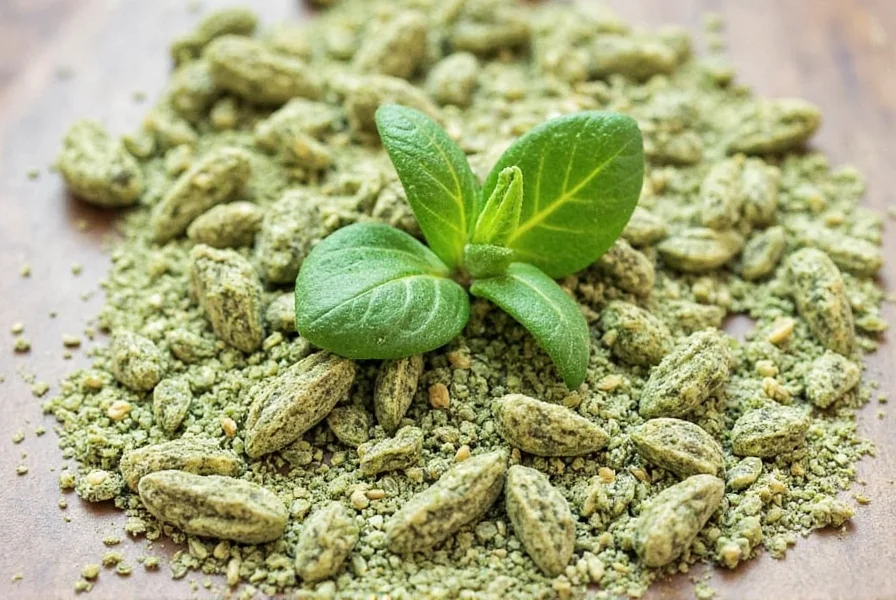
When searching for sage spice in Spanish, the standard translation is "salvia" (pronounced sahl-VEE-ah). This applies to culinary sage (Salvia officinalis) used in cooking throughout Spain and Latin America.
Unlike English which uses "sage" for both the herb and the wise person, Spanish distinguishes between:
- Salvia - The herb/spice
- Sabio - A wise person
This distinction prevents confusion in both language and grocery shopping!
Why This Matters for Your Search
When you search for "sage spice in Spanish," you're likely looking for practical, immediate translation help - not general information about sage. This guide prioritizes exactly what you need:
- The direct translation you can use today
- How to ask for it correctly in different regions
- What to watch for when shopping for authentic salvia
- Common mistakes tourists and learners make
| English Term | Spanish Translation | When to Use |
|---|---|---|
| Sage (culinary herb) | Salvia | 95% of cooking contexts across all Spanish-speaking regions |
| Fresh sage | Salvia fresca | When specifying fresh leaves at markets |
| Dried sage | Salvia seca | When purchasing dried herb for cooking |
| Sage leaf | Hoja de salvia | When referring to individual leaves |
How to Pronounce "Salvia" Correctly
Proper pronunciation ensures you'll be understood in Spanish-speaking countries:
- Standard pronunciation: sahl-VEE-ah (with emphasis on the second syllable)
- Breakdown: /ˈsal.vi.a/
- Common mispronunciation: SAL-vee-uh (English speakers often stress the first syllable)
Remember that in Spanish, the "v" makes a sound similar to a soft "b" - so it's closer to "salbia" than "salvia" as English speakers might expect.
Regional Terms for Sage Across Spanish-Speaking Countries
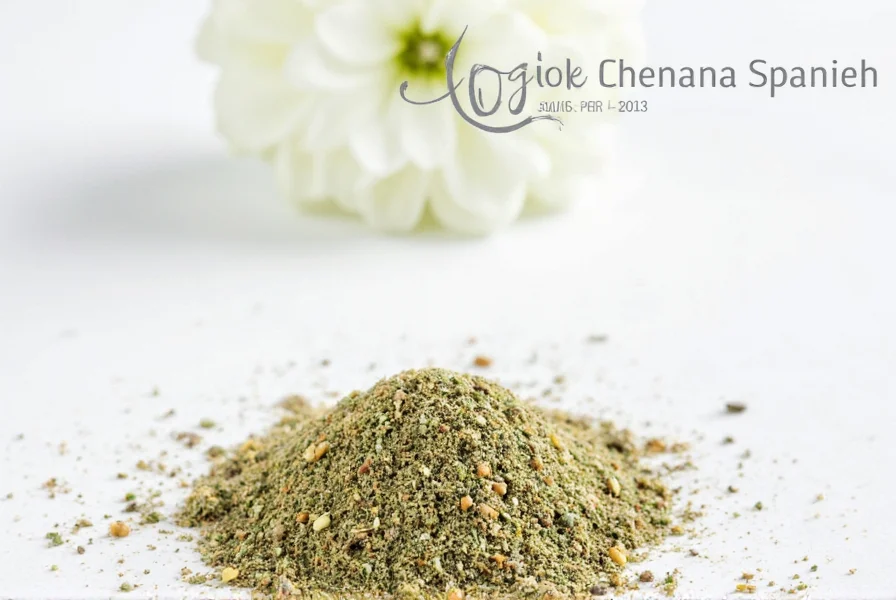
While "salvia" works universally, regional variations exist that could help you sound more local:
| Country/Region | Preferred Term | Additional Context |
|---|---|---|
| Spain | Salvia común | Used to distinguish culinary sage from ornamental varieties |
| Mexico | Salvia or Hierba buena | "Hierba buena" literally means "good herb" and can refer to several herbs including mint |
| Argentina/Chile | Salvia | Often specified as "salvia medicinal" when used for teas |
| Caribbean | Salvia or Boldo | "Boldo" technically refers to a different plant but is sometimes used interchangeably |
Culinary Uses of Salvia in Authentic Spanish Dishes
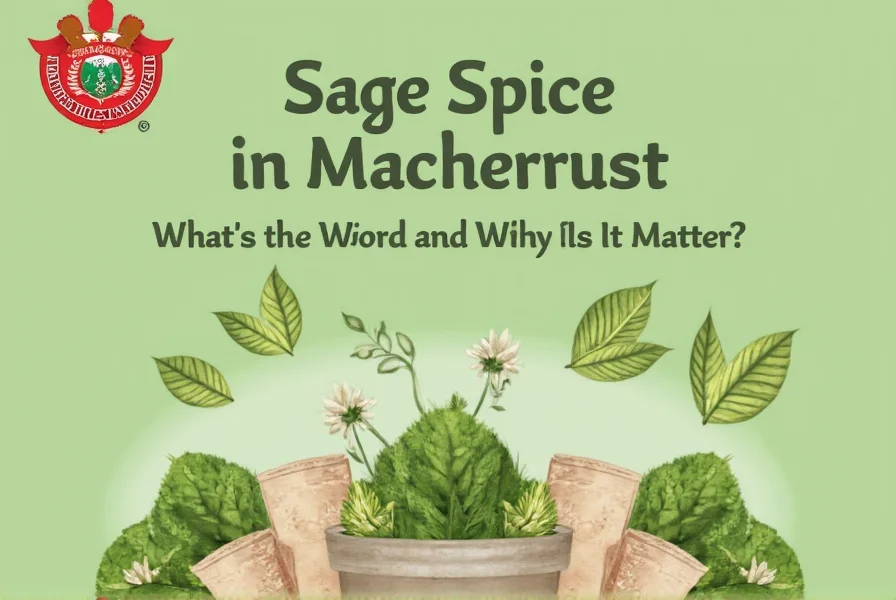
Understanding how to use salvia properly separates authentic cooking from tourist versions. Here's where sage actually appears in traditional Spanish cuisine:
Dishes Where Salvia Is Essential (Not Optional)
- Asado de ternera con hierbas - Beef stew where salvia combines with rosemary and thyme
- Crema de salvia y almendras - Sage and almond cream soup from Aragón region
- Relleno para aves - Traditional poultry stuffing in northern Spain
- Queso con salvia - Sage-infused cheese in artisanal productions
Contrary to popular belief, sage isn't a dominant herb in most Spanish cooking - it's used deliberately and sparingly where its distinctive flavor enhances rather than overwhelms.
Buying Guide: Finding Genuine Salvia in Spanish Markets
When shopping for sage in Spanish-speaking countries, avoid these common pitfalls:
- Mistaking ornamental sage for culinary sage - Many salvia varieties are decorative only
- Confusing with similar-looking herbs - Spanish markets often sell rosemary (romero) and sage near each other
- Buying stale product - Dried salvia should be vibrant green, not brownish
What to Ask When Purchasing
- "¿Es salvia comestible?" (Is this edible sage?) - Crucial question to avoid ornamental varieties
- "¿Salvia fresca o seca?" (Fresh or dried sage?) - Specifies your preference
- "Para cocinar, por favor" (For cooking, please) - Reinforces you need culinary grade
Cultural Significance Beyond the Kitchen
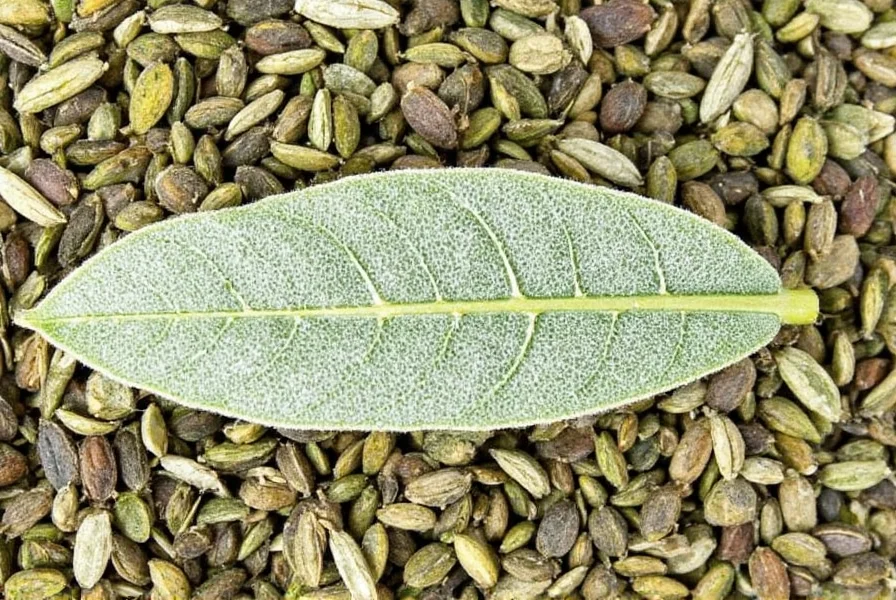
While primarily culinary, salvia holds additional significance in some Spanish-speaking cultures:
- Traditional medicine: Used in teas for digestive issues, particularly in rural Spain and Mexico
- Ceremonial cleansing: In some Mexican communities, white sage (salvia blanca) is used for spiritual cleansing, though this practice comes from Indigenous traditions rather than Spanish heritage
- Gardening symbolism: In Spain, salvia represents longevity and domestic happiness when grown in home gardens
Important distinction: "Salvia divinorum" refers to a completely different psychoactive plant and is not used for cooking. Always confirm you're getting culinary sage (Salvia officinalis).
Common Mistakes to Avoid When Using "Salvia"
Even advanced Spanish learners make these errors with sage terminology:
- Mistake: Using "sabio" for the herb (that means "wise person")
- Mistake: Asking for "sage" pronounced with English phonetics
- Mistake: Assuming all salvia varieties are edible (many are ornamental only)
- Mistake: Using too much in cooking (Spanish cuisine uses salvia sparingly)
- Mistake: Confusing Mexican usage (more medicinal) with Spanish culinary usage
When in doubt, point to the plant or ask "¿Esto es bueno para cocinar?" (Is this good for cooking?) when selecting salvia at markets.
Frequently Asked Questions About Sage in Spanish
Is "salvia" the same word for both the herb and the wise person in Spanish?
No, Spanish makes a clear distinction. "Salvia" refers exclusively to the herb/spice, while "sabio" means a wise person. This eliminates the confusion that exists in English where "sage" has both meanings.
What's the difference between "salvia" and "hierba buena" in Mexico?
In Mexico, "hierba buena" (literally "good herb") often refers to mint rather than sage, though some regions use it for sage. To be specific, ask for "salvia" when you want the culinary herb used in stuffing and stews. "Hierba buena" typically means mint used in teas and desserts.
Can I substitute rosemary for salvia in Spanish recipes?
While both are Mediterranean herbs, they have distinct flavors. Rosemary (romero) is stronger and pine-like, while salvia has earthier, more subtle notes. In traditional Spanish recipes, they're not interchangeable - salvia's unique flavor is essential in dishes like poultry stuffing and certain stews where its specific taste profile is required.
How much dried salvia equals fresh in Spanish recipes?
The standard conversion in Spanish cooking is 1 teaspoon of dried salvia equals 1 tablespoon of fresh. However, Spanish recipes typically use salvia sparingly - usually just 4-6 fresh leaves or 1/2 teaspoon dried for a dish serving 4 people. Overusing salvia can overpower the delicate balance of Spanish cuisine.
Is salvia commonly found in Spanish supermarkets?
In Spain, fresh salvia is commonly available in larger supermarkets and always at local markets (mercados), typically sold in small bundles. Dried salvia is less common in regular supermarkets but widely available in specialty food stores and herbal shops (herboristerías). In Latin America, availability varies by country - it's more common in Mexico and Argentina than in Caribbean nations.

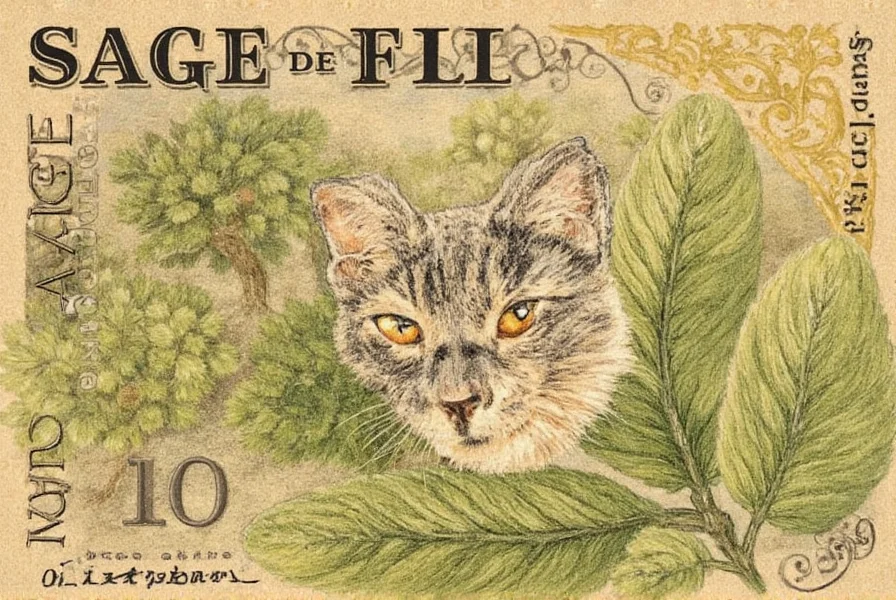









 浙公网安备
33010002000092号
浙公网安备
33010002000092号 浙B2-20120091-4
浙B2-20120091-4